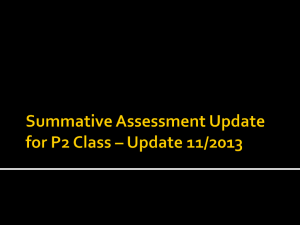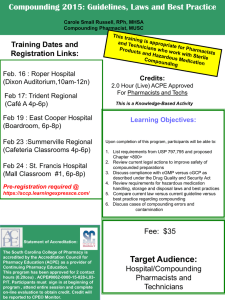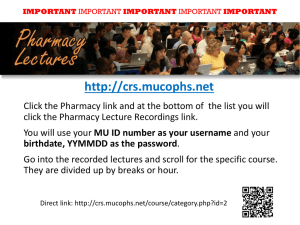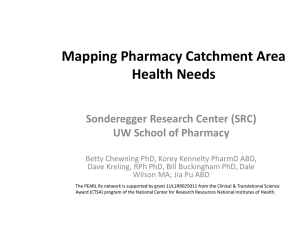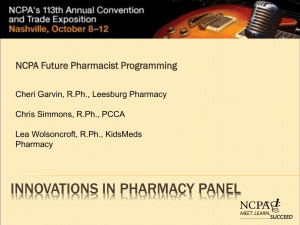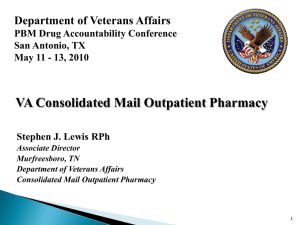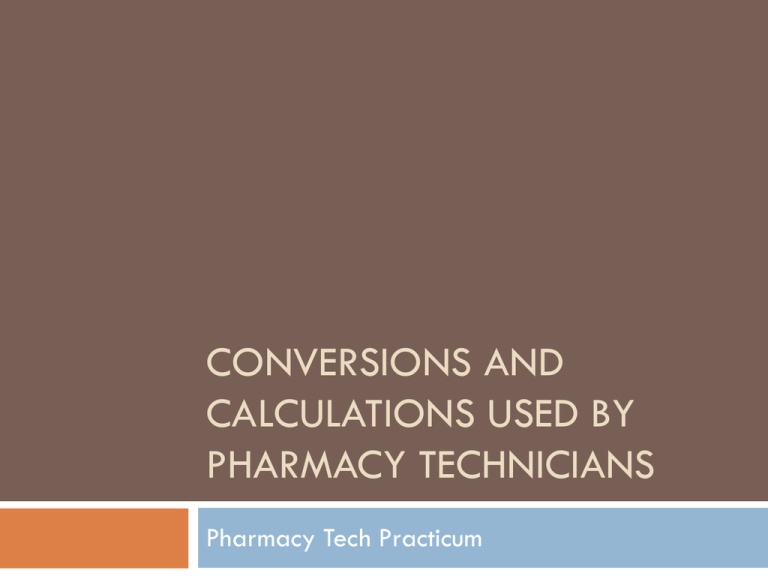
CONVERSIONS AND
CALCULATIONS USED BY
PHARMACY TECHNICIANS
Pharmacy Tech Practicum
Vocabulary
Alligation
Apothecary System
Diluent
Dilution
Household System
International Time
Metric System
Solvent
Volume
Drip Rates
Suspension
Piggyback
Compounding
Solution
Math for Pharmacists/Technicians?
Wide variety of math skills needed to work in
Health Care
Pharmacy Technicians may use math for a variety of
reasons
Working
the cash register
Compounding (mixing) drugs
Calculating Drip Rates
Calculating Dosage amounts
Roman Numerals
Numeric System of
Ancient Rome
May be used by
physicians when
ordering medications
Not commonly used for
larger numbers in
Pharmacy
Roman Numerals
There are four basic principles for reading and
writing Roman numerals:
1. A letter repeats its value that many times (XXX
= 30, CC = 200, etc.). A letter can only be
repeated three times.
2. If one or more letters are placed after another
letter of greater value, add that amount. VI = 6
(5 + 1 = 6)LXX = 70 (50 + 10 + 10 = 70)MCC
= 1200 (1000 + 100 + 100 = 1200)
Roman Numerals
3.
If a letter is placed before another letter of
greater value, subtract that amount. IV = 4 (5 – 1
= 4)XC = 90 (100 – 10 = 90)CM = 900 (1000
– 100 = 900)
4.
A bar placed on top of a letter or string of
letters increases the numeral's value by 1,000
times.XV = 15, = 15,000
Complete
Exercise 4-1 pg. 110 1-15
International/Military Time
Military time used
exclusively in Hospitals
Orders are written 24
hours per day
Health care workers
must understand exactly
when order was written
and when treatment
should take place
Military time decreases
confusion
Military Time Conversion Chart
Exercise 4-2 pg 111
Practice Quiz #1
Pg 112
Fractions to decimals and %
Fractions
Proper- 5/12
Improper- 7/3
Mixed Number 3 ½
Fraction to decimal- Divide Numerator (top number) by the
denominator (bottom number)
5/12= 5 divided by 12
Mixed Numbers must be changed to a fraction first
Denominator x Whole Number + Numerator
3 ½ = 2 x 3 + 1= 7/2 then 7 divided by 2
Fractions to decimals to %
Decimals to Percent
.73
x 100 = 73% or
Move the decimal over two spaces top the right
Percent to decimal
73% / 100 or =.73 or
Move the decimal two spaces to the left
Ratios to %
1:2=½
Divide the numerator by the denominator x 100
½= .5
.5 x 100= 50%
Ratios
Ratio- A relationship between two parts of a whole
or between one part and a whole.
Can be written as ½ or 1:2
Used for compounding in the pharmacy
Example 1- one gram of drug in a 1000 ml solution
would read as 1:1000
Example 2- 25 grams of a drug in 100ml of
solution would read as 25:100 which can be
reduced to ¼
Proportions
A proportion is a relationship between two ratios
May be written as 1/2 = 2/4 or 1:2 :: 2:4
Proportion problems may be solved by either cross
multiplying and dividing or by “means and
extremes”
Proportions
Example # 1
The
pharmacy receives an order for erythromycin
suspension 125 mg to be taken TID for 10 D
How many ml do you need to fill this order?
You
have 200mg/5ml
You need 125 mg to be taken TID for 10 days
Set up equation
Have=Need
200mg/5ml=125mg/x
5 x125 = 625/200=3.125ml per dose
3 x 3.125+9.375 ml per day
10 (days) x 9.375 = 93.75 ml
Proportions
Example #2
You receive an order for Decadron 3mg BID for
30D
How many TAB do you need to fill this order?
Have=Need
1.5mg
TAB =3 mg/x TAB
1 TAB x 3mg = 3/1.5 = 2 TAB
2 Tab/dose x 2 doses per day = 4 tablets per day
4x30=120 Tab total
Proportions
Quick Check 4-6 page 117
Proportions
Example #3
Prepare 240 mg of gentramicin IVPB (intraveneous
Piggyback) using the pharmacy stock concentration of
40 mg/ml bid
Need to determine how many ml of the stock solution are
needed to fill the 240 mg order
240mg/1 ml = 40 mg/x ml
Divide both sides by 40
6ml=x
Answer you will need 12 ml of solution to equal 240 mg of
drug for dose given twice daily
Word Problems
Read through pg 119
Example 4-8
Proportions
Exercise 4-7 quick check pg 120
Practice quiz pg 121
Metric System
International System of Units
Used to measure weight, distance and volume.
Table 4-3 metric prefixes
Exercise 4-8 quick check pg 122
Household Measurements
System of measure used in the US
Cups, tablespoons and teaspoons are common
measurements
Examples 4-10, 4-11, 4-12 on page 123
Exercise 4-9 quick check pg 123
Apothecary System
Traditional system of pharmacy, originated in Europe
Not common in pharmacies today
Dry weight measurements- grain (gr), scruple, dram,
ounce and pound.
Volume- fluid ounce, dram and minim.
Example 4-13 and 4-14
Exercise 4-10 Quick Check
Exercise 4-11 Quick Check
Avoirdupois System
Originated in Europe
Common system of commerce
Items purchased and sold by the ounce and pound
Dry weights- pounds, ounces and grains
Liquid volume- Fluid ounces (fl oz), pints (pt) and
gallons (gal)
Exercise 4-12 quick check
Quiz
Practice quiz #3 pg 127
Oral Syringes and Injections
Pediatric Dosing
Geriatric Dosing
Calculating Drip Rates
Dilution
Alligation


